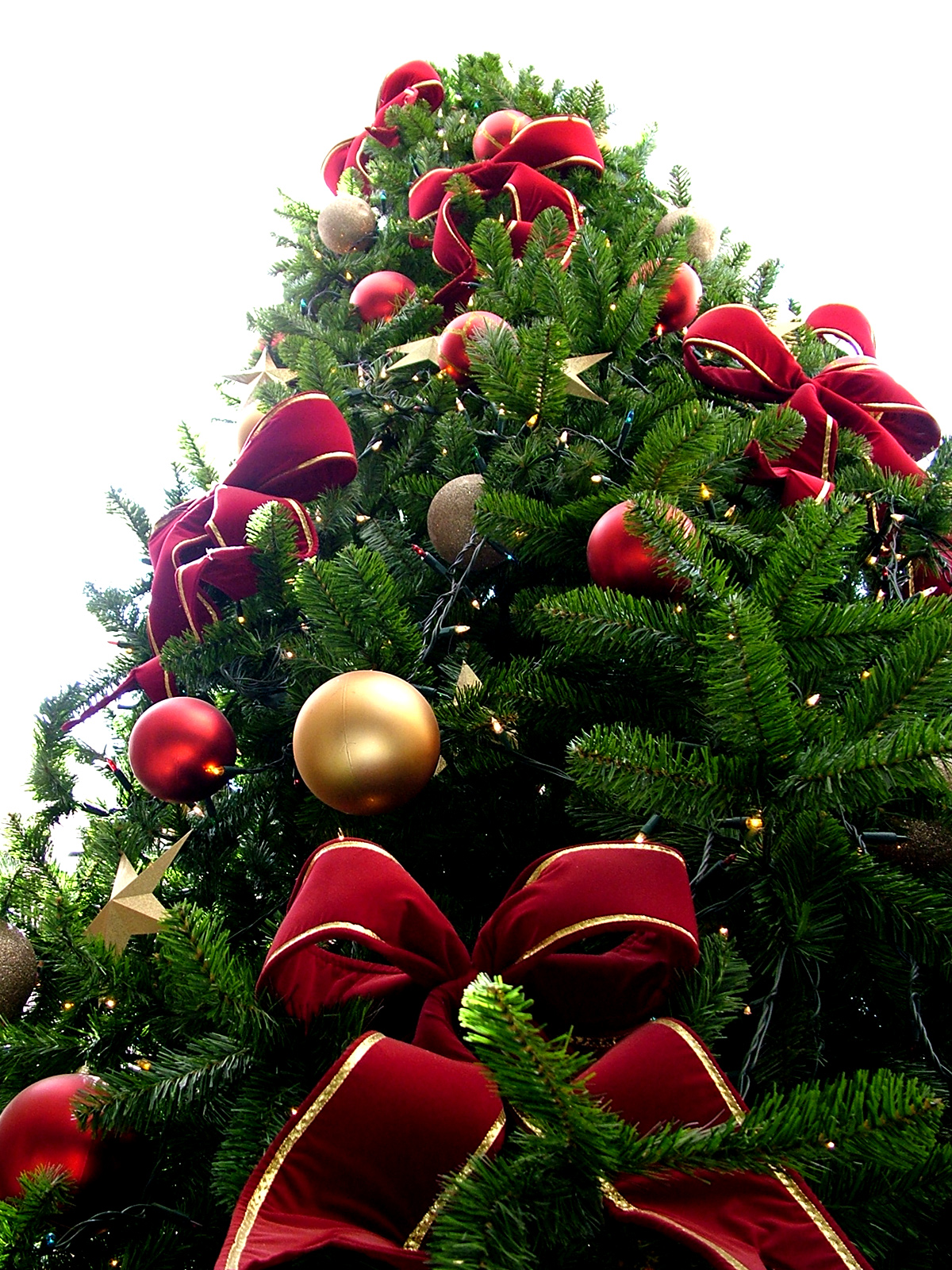|
Vi äro Musikanter
Vi äro musikanter is a Swedish folk song typically sung when dancing around the Christmas tree and the Midsummer pole. It was written down early in '' Folklekar från Västergötland'' (1908-1934), published by Sven Lampa. It is a so-called "mimic song", where the persons singing it can mimic playing the different musical instruments mentioned in the song lyrics. Recordings An early recording was done by Gösta Jonsson and Britt Berg, appearing in a medley of Christmas songs recorded in Berlin in September 1933, and released on a record later that year. Publication * Julens önskesångbok, 1997, under the lines "Tjugondag Knut dansar julen ut", credited as "folk game" * Barnens svenska sångbok, 1999, under the lines "Sång med lek och dans". See also * The Music Man (song) References * Barnens svenska sångbok ''Barnens svenska sångbok'' ("Children's Swedish Song book") is a 1999 Swedish song book by Anders Palm and Johan Stenström. It follows the 1997 song book ''Den ... [...More Info...] [...Related Items...] OR: [Wikipedia] [Google] [Baidu] |
Christmas Tree
A Christmas tree is a decorated tree, usually an evergreen conifer, such as a spruce, pine or fir, or an artificial tree of similar appearance, associated with the celebration of Christmas. The custom was further developed in early modern Germany where German Protestant Christians brought decorated trees into their homes. It acquired popularity beyond the Lutheran areas of Germany and the Baltic governorates during the second half of the 19th century, at first among the upper classes. The tree was traditionally decorated with "roses made of colored paper, apples, wafers, tinsel, ndsweetmeats". Moravian Christians began to illuminate Christmas trees with candles, which were often replaced by Christmas lights after the advent of electrification. Today, there is a wide variety of traditional and modern ornaments, such as garlands, baubles, tinsel, and candy canes. An angel or star might be placed at the top of the tree to represent the Angel Gabriel or the Star of Bethle ... [...More Info...] [...Related Items...] OR: [Wikipedia] [Google] [Baidu] |
Maypole
A maypole is a tall wooden pole erected as a part of various European folk festivals, around which a maypole dance often takes place. The festivals may occur on 1 May or Pentecost (Whitsun), although in some countries it is instead erected at Midsummer (20–26 June). In some cases the maypole is a permanent feature that is only utilised during the festival, although in other cases it is erected specifically for the purpose before being taken down again. Primarily found within the nations of Germanic languages, Germanic Europe and the neighbouring areas which they have influenced, its origins remain unknown. It has often been speculated that the maypole originally had some importance in the Germanic paganism of Iron Age and early Medieval cultures, and that the tradition survived Christianisation, albeit losing any original meaning that it had. It has been a recorded practice in many parts of Europe throughout the Medieval and Early Modern periods, although it became less popul ... [...More Info...] [...Related Items...] OR: [Wikipedia] [Google] [Baidu] |

